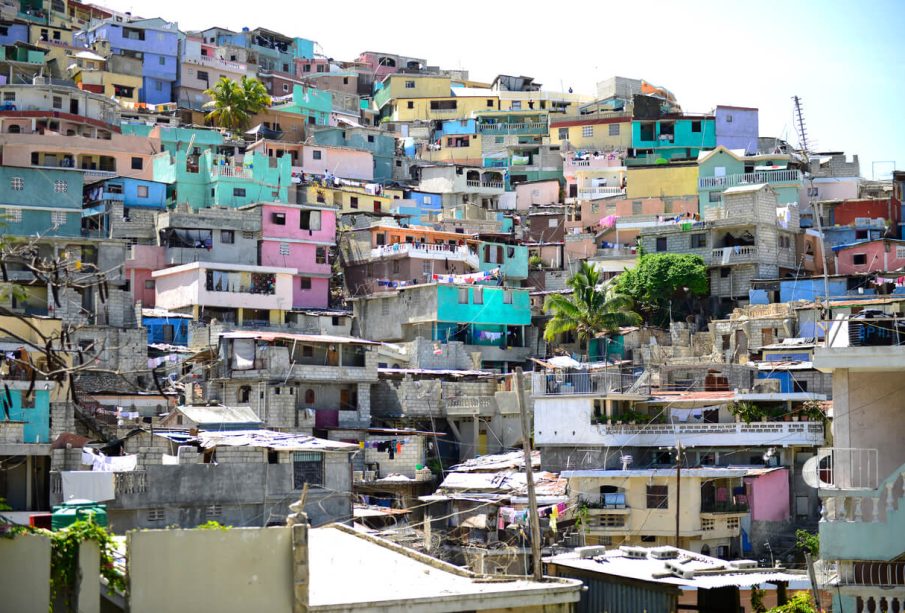Understanding Port au Prince: Challenges and Resilience

Introduction
Port au Prince, the capital and largest city of Haiti, is a significant urban centre marked by its rich cultural heritage and historical significance. As the most populous city in the country, it accounts for a major portion of Haiti’s economic activity and is a hub for politics, culture, and commerce. Its relevance has intensified in recent years due to ongoing challenges such as political instability, economic crisis, and natural disasters.
Current Challenges Facing Port au Prince
In 2023, Port au Prince is grappling with an escalated gang violence issue, which has severely impacted daily life. According to local reports, around 80 percent of the city is under the control of armed gangs, making it increasingly dangerous for residents. Recent UN data indicates a significant rise in kidnappings and homicides since the beginning of the year. Moreover, sewage and waste management problems persist, contributing to public health crises.
The political situation in Haiti remains tenuous, with no elected president since 2021, leading to a governance vacuum. Efforts to establish a new government have stalled, rendering the populace frustrated and concerned about the future. Humanitarian organisations report that about 4.9 million people in Haiti are currently in need of urgent assistance, with Port au Prince being one of the most affected areas.
Resilience and Community Initiatives
Despite these challenges, the spirit of the people in Port au Prince remains resilient. Various community initiatives have emerged, focusing on rebuilding local economies and enhancing public safety. Non-governmental organisations are working diligently to provide education, vocational training, and mental health support to those affected by violence and poverty. Recent partnerships with international donors also aim to rebuild critical infrastructure, such as schools and healthcare facilities, devastated during the 2010 earthquake.
Conclusion
The challenges facing Port au Prince are significant and require urgent attention from both local leaders and the international community. As residents work towards resilience amid adversity, their efforts highlight the importance of sustained support for development projects and safety initiatives. Moving forward, the future of Port au Prince will heavily depend on political stability and the commitment of stakeholders to restore peace and rebuild the community. For readers interested in global humanitarian issues, Port au Prince serves as a critical case study of resilience in the face of overwhelming challenges.








